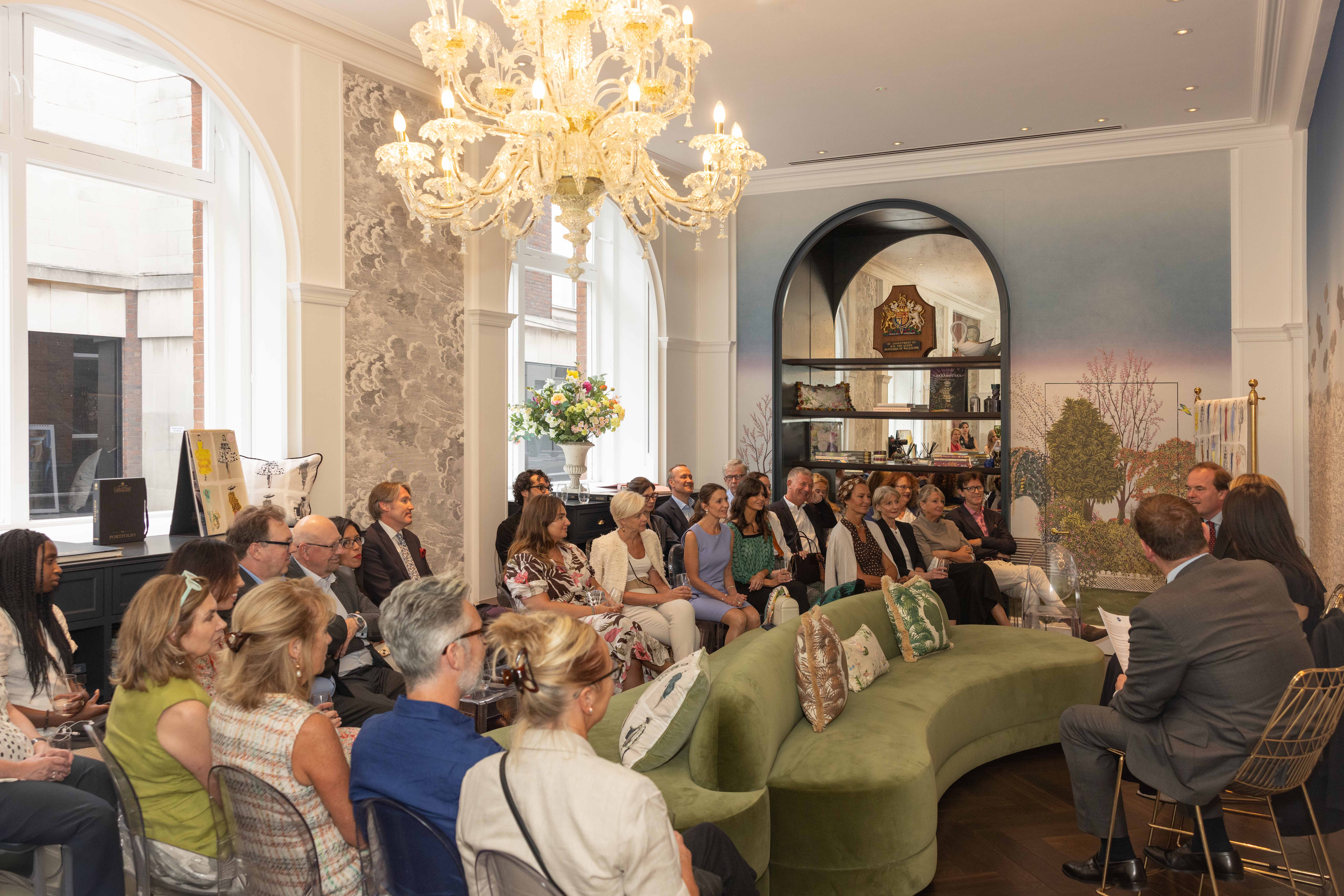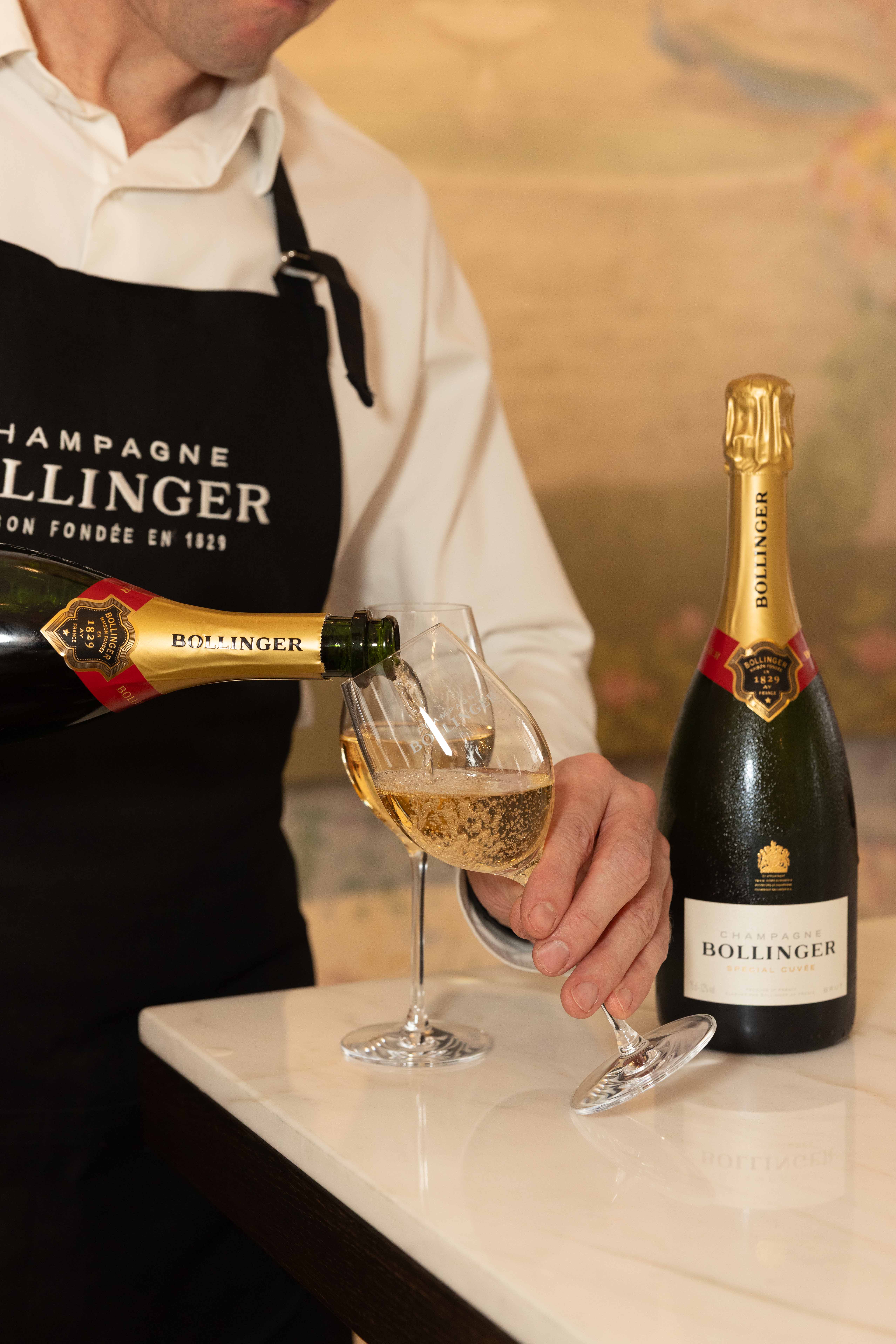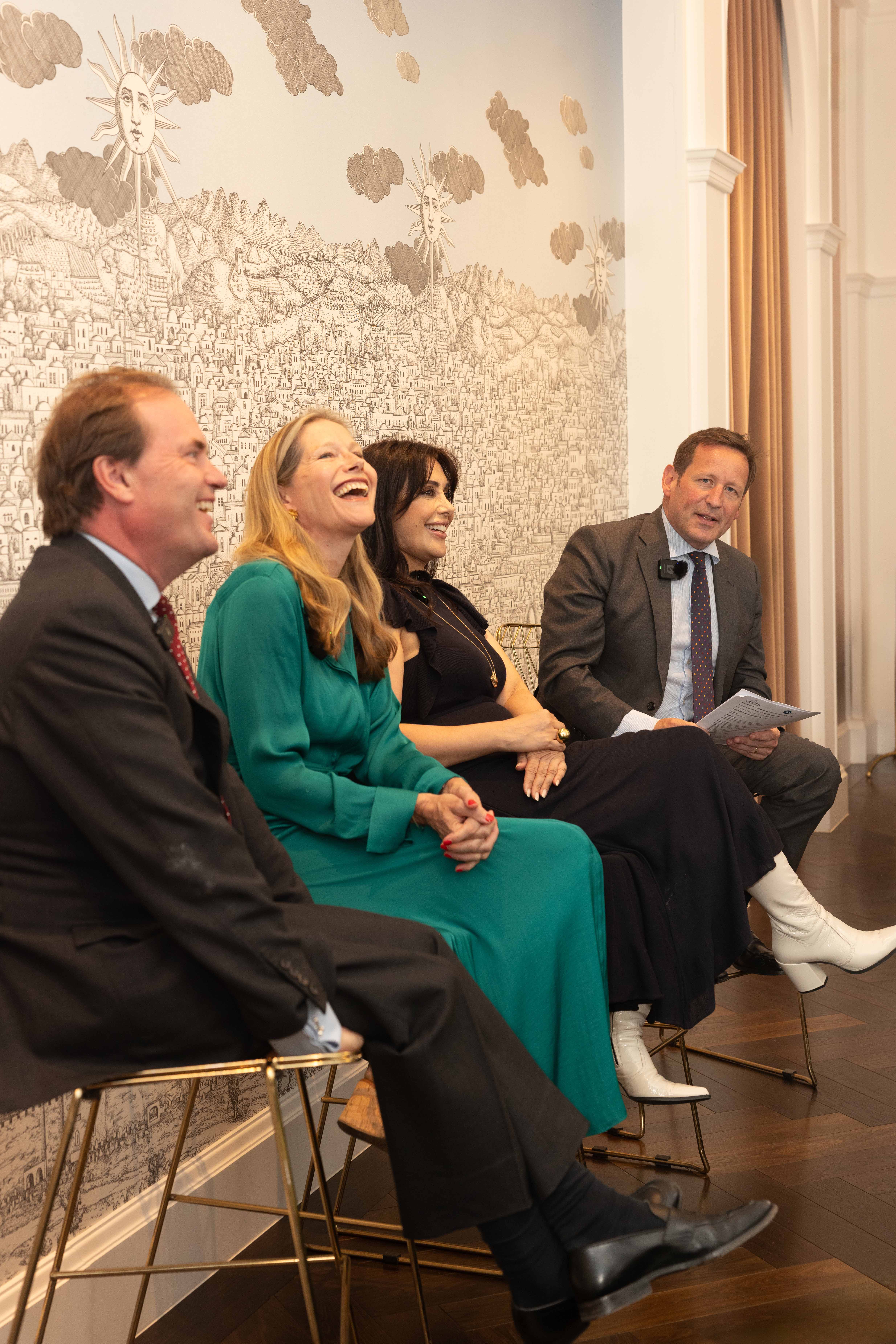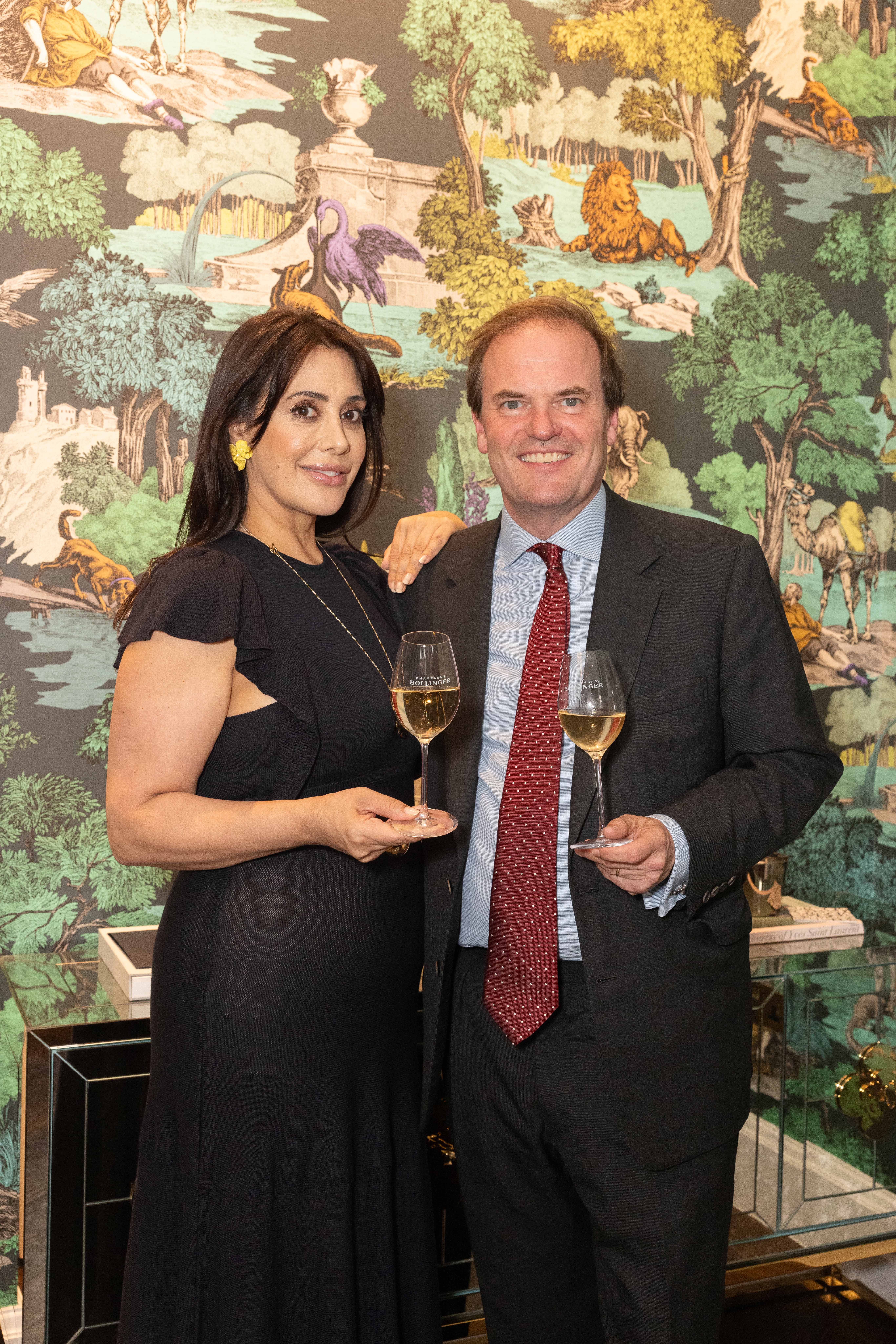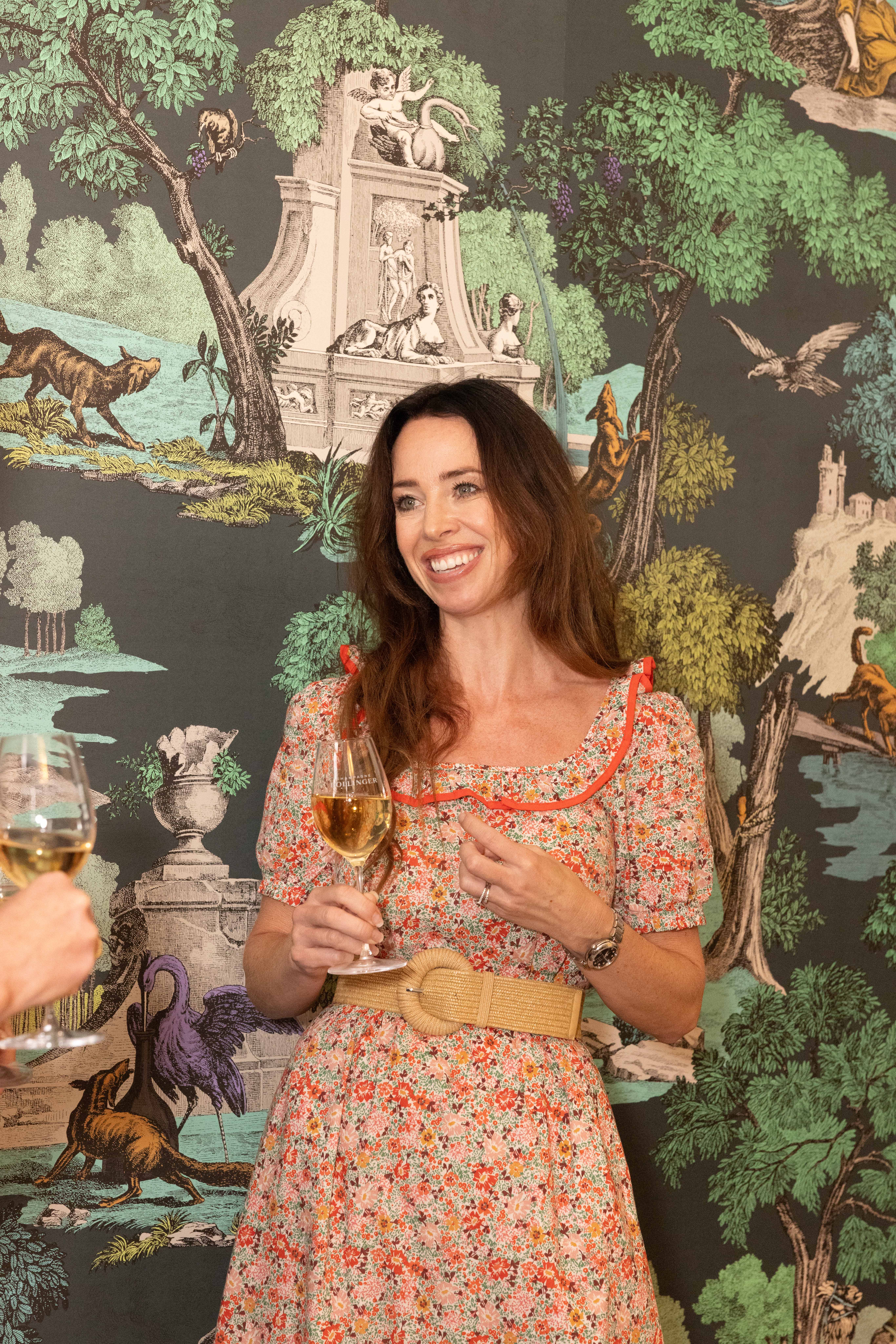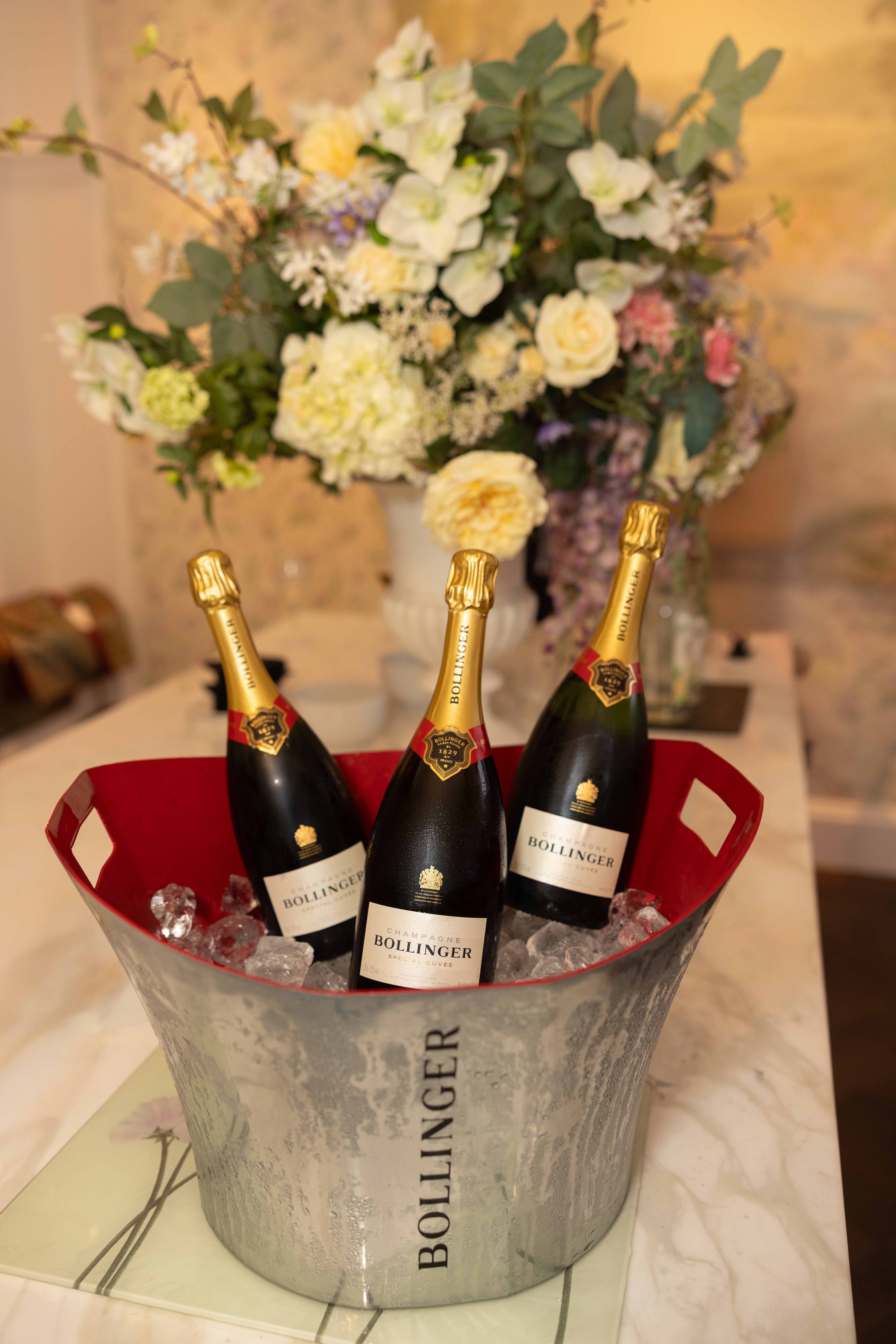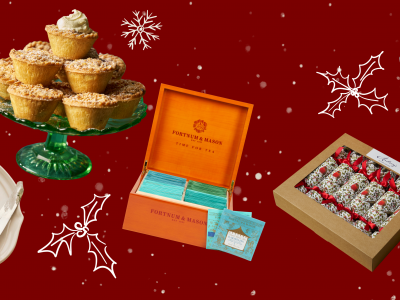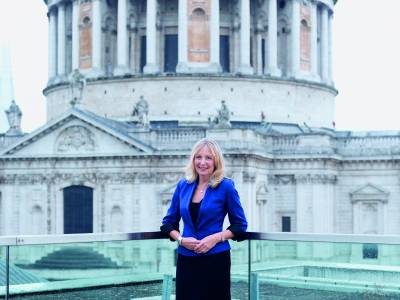Are tastemakers still curators? Do they edit what is beautiful and valuable, or are we now in an era of copycats and virality? And in an age where you can become a TikTok sensation overnight, have we lost the defining features of a true tastemaker? These were the questions up for debate at Cole & Son’s fourth Jubilee Place Salon event, where leading voices from the worlds of art, journalism and auctioneering sat down to discuss the tangibility of taste, what it means to have ‘good taste’, and the inescapable influence of the internet on shaping ideas.
Taking the floor were The Earl of Rosebery (Harry Dalmeny), Honorary Chairman of Sotheby’s UK, Carole Annett, Interiors Director, Country and Town House and Marie Karlsson, Creative and Managing Director of Cole & Son. Steering the conversation with his inimitable light touch was Ed Vaizey, himself a Trustee at Tate.


